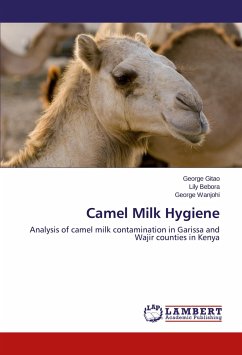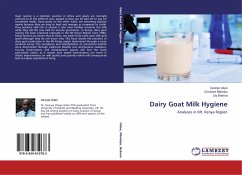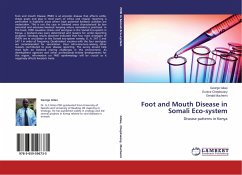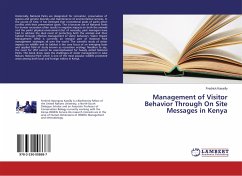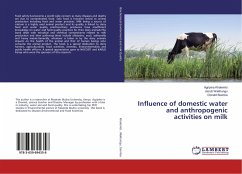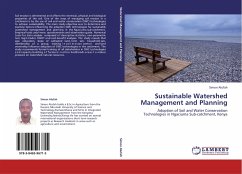Camel rearing is a common practice in the arid areas of Africa where regular droughts followed by famine are common. Camel milk is known to have high nutritional value as well as medicinal properties as the camel browses on natural trees and bushes. Camel milk has become very popular not only among the traditional Somali people but the general public as well. Little, however, is known of the traditional practices used in these communities and their effects on camel milk hygiene. In this book, the camel milking practices and their effect on milk hygiene are analyzed in two main camel rearing counties of Wajir and Garissa in Kenya. There was evidence of substantial bacterial and physical contamination both at the farm level and along the market chain and opportunities for intervention with a view to commercialization are highlighted. The analysis should help shed light on this new sector of development geared towards the arid and semi-arid areas and should be especially useful to development agency professionals or others who are keen to provide food security to communities who depend on the camel especially during droughts when other livestock die or are un-thrifty.
Bitte wählen Sie Ihr Anliegen aus.
Rechnungen
Retourenschein anfordern
Bestellstatus
Storno

